Eris Mortar & Pestle
Original price was: € 45.00.€ 22.50Current price is: € 22.50.
Mortar and pestles are often regarded as an essential to any tradition and alchemist kitchen. This Eris inspired mortar and pestle catalyzes powerful feminine magic that eliminates the poisons, while swirling all aromas into contemporarily potent solutions. Eris, as the new ruler of Libra, brings sacred union, otherwise known as hieros gamos or spiritual marriage. Eris is the true love of the divine mother (and father). It’s creative, not consumptive. Stored in bamboo box, this Eris mortar and pestle make suitable gift for any carrying mother, sister and conjurer.
Onça’s Vessels Collection of Alternative Care Products is to assist the healing process, support wellness, and stimulate growth. In a hands on approach, be proactive in ones own journey with health. Onça’s vessel series were handcrafted in east Berlin, Germany by Studio Jarow. The combined components were sourced and brought together in the making of kitchen and altar utensils. Inspired by the craftsmanship of indigenous folk, each piece was individually prepared in honor of their traditions, resembling simplicity, while considering material shape and dynamics. In addition to our Planetary Magic series, we have created singular vessels that complement divine workings with the planetary forces.
MORTAR + METAL PESTLE = ERIS ACCOUTREMENT
BEST FOR: Mortar is used in cooking to prepare wet or oily ingredients as well as grinding spices into powder. The mortar is big enough for domestic use and make great addition to any ritual altar. Combined salts, resins and potions can be grinded and well mixed.
HOW TO: Use, clean and dry well after every use. If the mortar is used primary for ritual practices, do not mix with foods and keep away from children.
COMPONENT DETAILS:
♦ The mortar: Cement with mother of pearl and consecrated earth, size 12 Ø cm, height of 6 cm. Comes with round polyester underlay.
♦ The pestle: Blackened steel pestle, lined with red leather, strapped with red cotton strings and wooden beads. The pestle length is 14,5 cm, head width is 3 Ø cm. Total weight of the mortar and pestle is 0,832 kg.
E N E R G E T I C S
ERIS
Eris is the most massive and second-largest known dwarf planet in the Solar System. Eris is a trans-Neptunian object (TNO), has a high-eccentricity orbit, and is a member of the scattered disk. Eris is named after the Greek goddess Eris (Greek Ἔρις), a personification of strife and discord. Unlike the somewhat reddish Pluto and Triton, Eris appears almost white.
Being the sister of Mars, we could associate her with purposeful struggling. She inspires fight for justice and clearance, but in less physically compared to Mars. Eris helps us become aware of where we need to shake things up in our own lives. We could see her force as a virtuous revolutionizing chain breaking power. Eris is one of the powerful feminine patrons.
This is the prayer to Eris from the book ‘In Praise of Olympus: Prayers to the Greek Gods’ by Hearthstone.
“I praise comely Eris, daughter of dark-cloaked Nyx, wrathful one who knows her own worth, who knows the purpose of conflict and rage, who knows that there are times when vengeance is the proper response, when anger is fitting. Eris, spirit of discord, spirit of strife and of striving, spirit of rivalry, in times of old it was well known that yours is a world of nature and need, that you see well the struggles within us. Eris of the battlefield, Eris of the golden apple, I honor you.”
MORTAR & PESTLE
Mortar and pestle is a set of two simple tools used since the Stone Age to the present day to prepare ingredients or substances by crushing and grinding them into a fine paste or powder in the kitchen, laboratory, and pharmacy. The mortar is characteristically a bowl, typically made of hard wood, metal, ceramic, or hard stone such as granite. The pestle is a blunt, club-shaped object. The substance to be ground, which may be wet or dry, is placed in the mortar where the pestle is pounded, pressed, and rotated into the substance until the desired texture is achieved.
Mortar and pestle in culture and symbols
The antiquity of the mortar and pestle is well documented in early writing, such as the Egyptian Ebers Papyrus of ~1550 BC (the oldest preserved piece of medical literature) and the Old Testament (Numbers 11:8 and Proverbs 27:22). In Indian mythology, Samudra Manthan from Bhagavata Purana creates amrita, the nectar of immortality, by churning the ocean with a pestle.
Since medieval times, mortars would be placed or carved on the gravestones of pharmacists and doctors. Modern pharmacies, especially in Germany, still use mortars and pestles as logos In Russian and Eastern European folklore, Baba Yaga is described and pictured as flying through the forest standing inside a large wooden mortar (stupa), holding the long wooden pestle in one hand to remove obstacles in front of her, and using the broom in her other hand to sweep and remove her traces behind her. This seems as a trace of some ancient rituals connecting the witch symbols of Baba Yaga with the use of mortars in alchemy, pharmacy and early chemistry, which was all seen as magic by uneducated people in Medieval Ages.
Molcajete & Tejolote
A molcajete and tejolote are stone tools, the traditional Mexican version of the mortar and pestle, similar to the South American batan, used for grinding various food products. The molcajete was used by pre-Hispanic Mesoamerican cultures, including the Aztec and Maya, stretching back several thousand years. Traditionally carved out of a single block of vesicular basalt, molcajetes are typically round in shape and supported by three short legs. They are frequently decorated with the carved head of an animal on the outside edge of the bowl, giving the molcajete the appearance of a short, stout, three-legged animal. The pig is the most common animal head used for decoration of this type.
In the pre-Hispanic Mesoamerican period, the molcajete had a lid and the set was believed to be used for burial of members in society of high status. Additionally, throughout the prehispanic Mesoamerican period, they were decorated with various colors and designs, and orange wares were identified as the most common characteristic of the molcajete. The matching hand-held grinding tool, known as a tejolote, is made of the same basalt material.
+++ DISCLAIMER +++
Jarow for Onça Vessel series are reclaimed, recycled and repurposed.
++++++++++++ LEGAL STUFF +++++++++++++
No liability will be assumed by OnçaRitualOfferings for any claims arising out of the misuse or otherwise of these items or any other product sold or made by OnçaRitualOfferings.
OnçaRitualOfferings products and statements have not been evaluated by the FDA. These products are not intended to diagnose, treat, cure, or prevent any disease. Nor is it intended to prescribe in any way.
| Weight | 0.9 kg |
|---|---|
| Dimensions | 16.5 × 17.5 × 8.5 cm |
| Bottle Size | 50 ml, 100 ml |
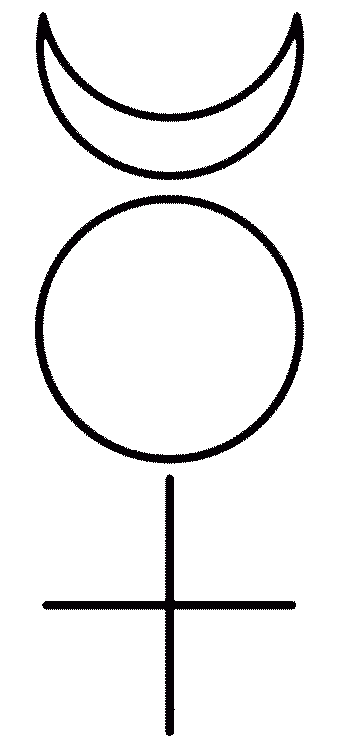
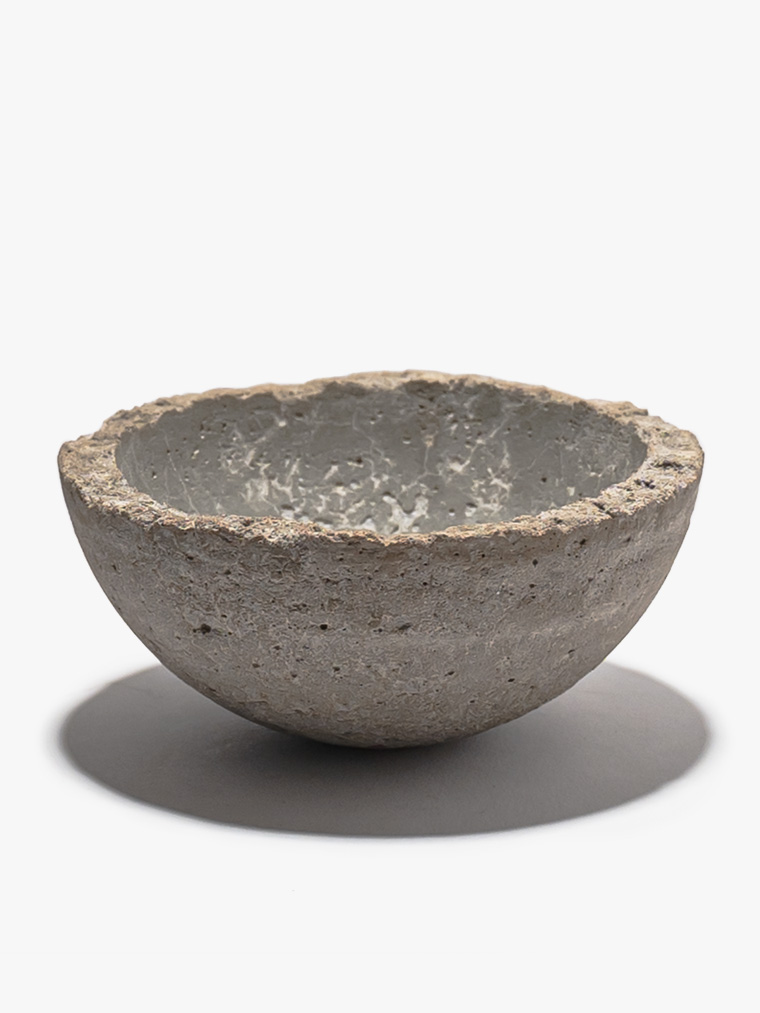

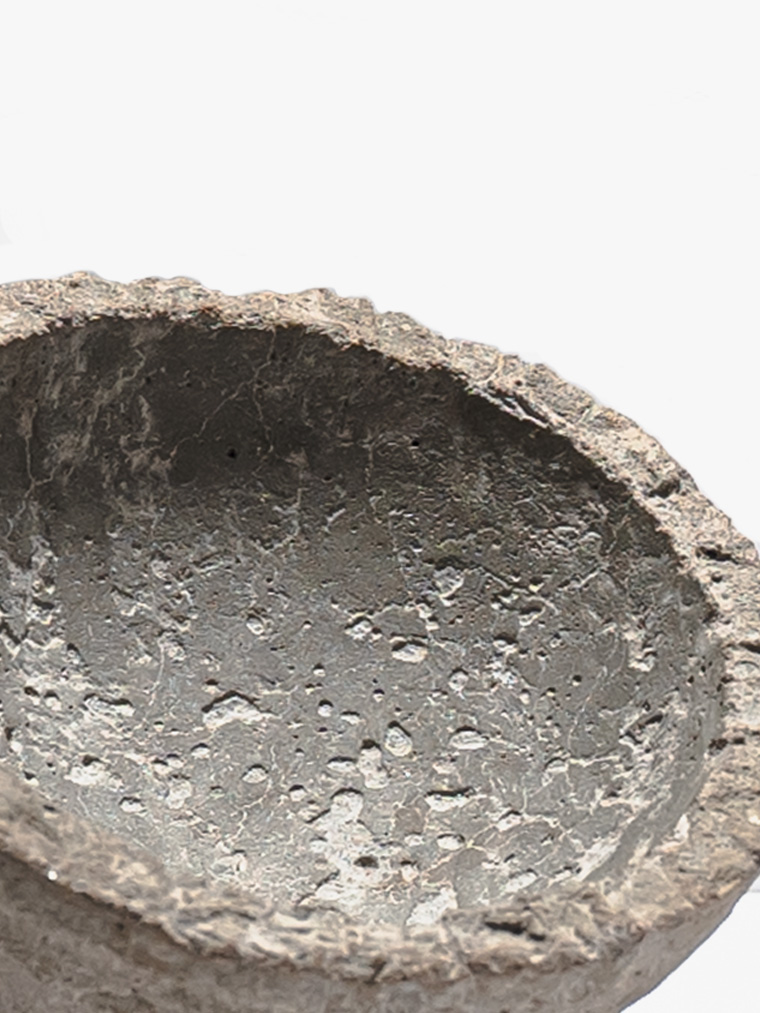
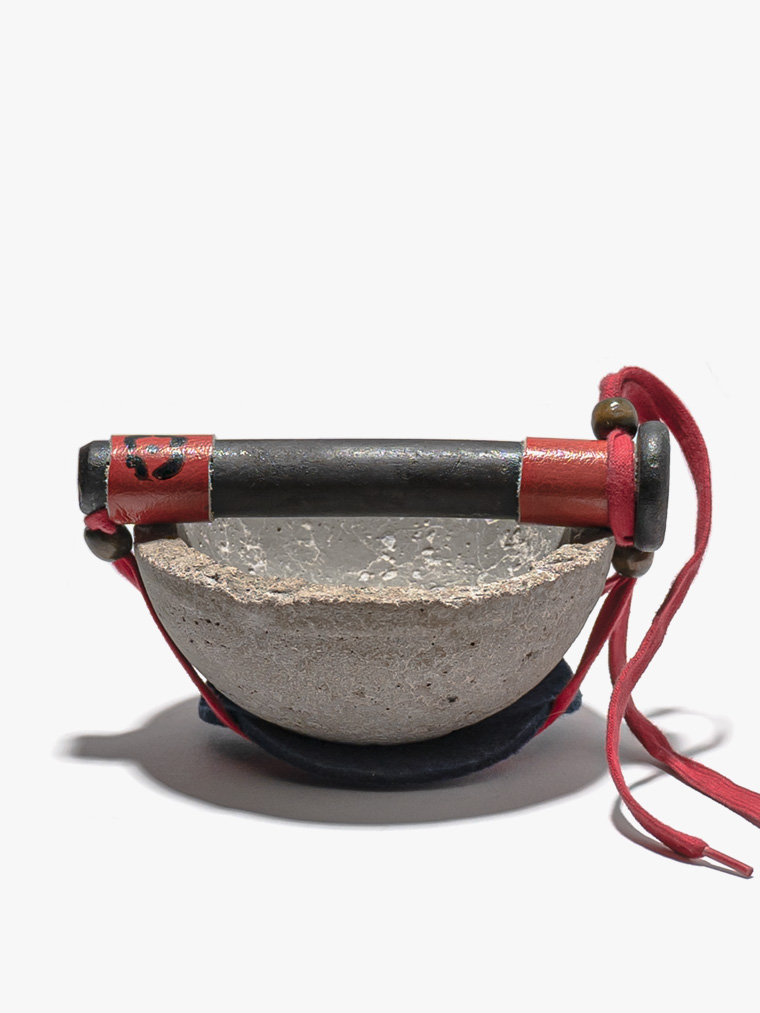
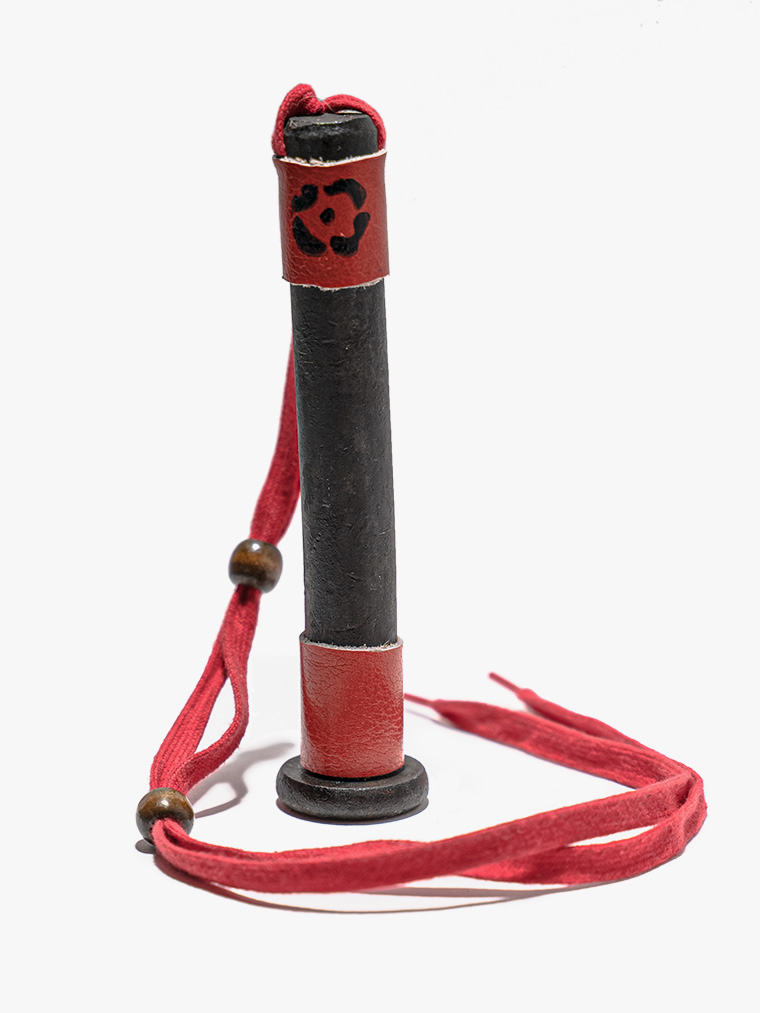
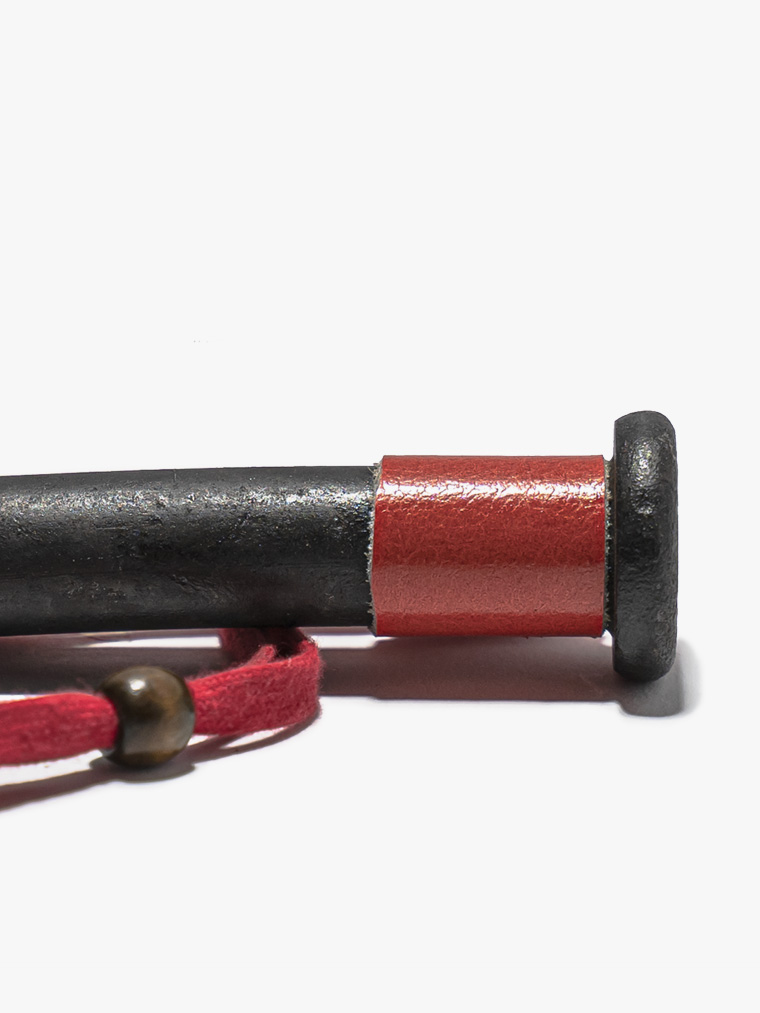
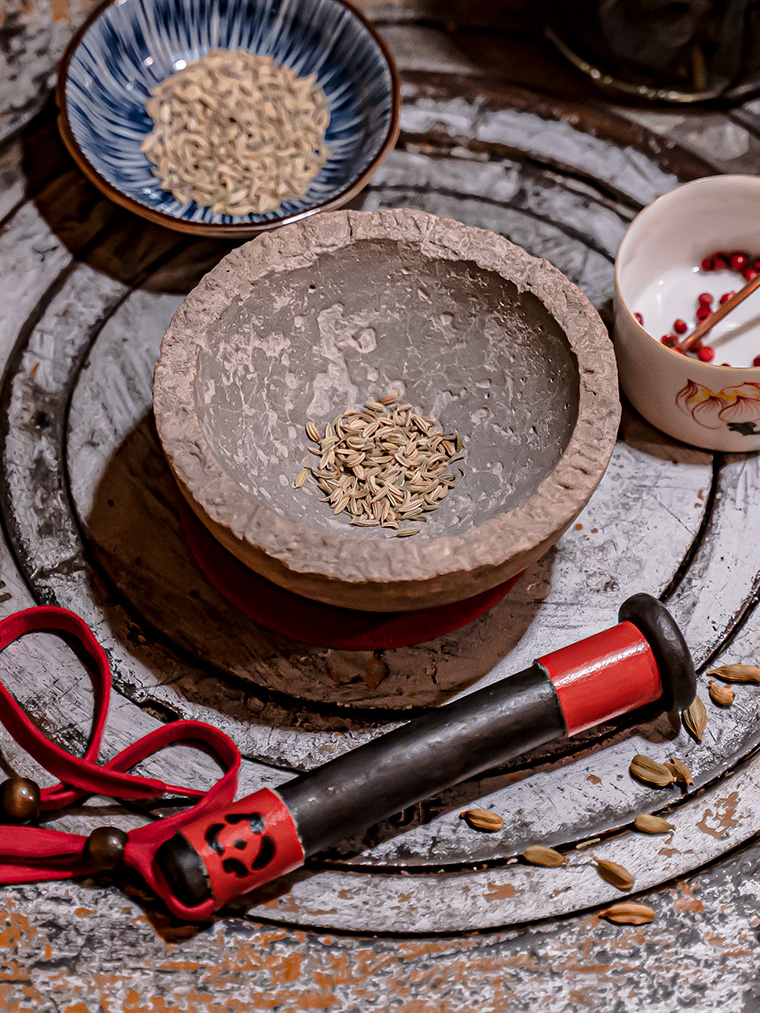
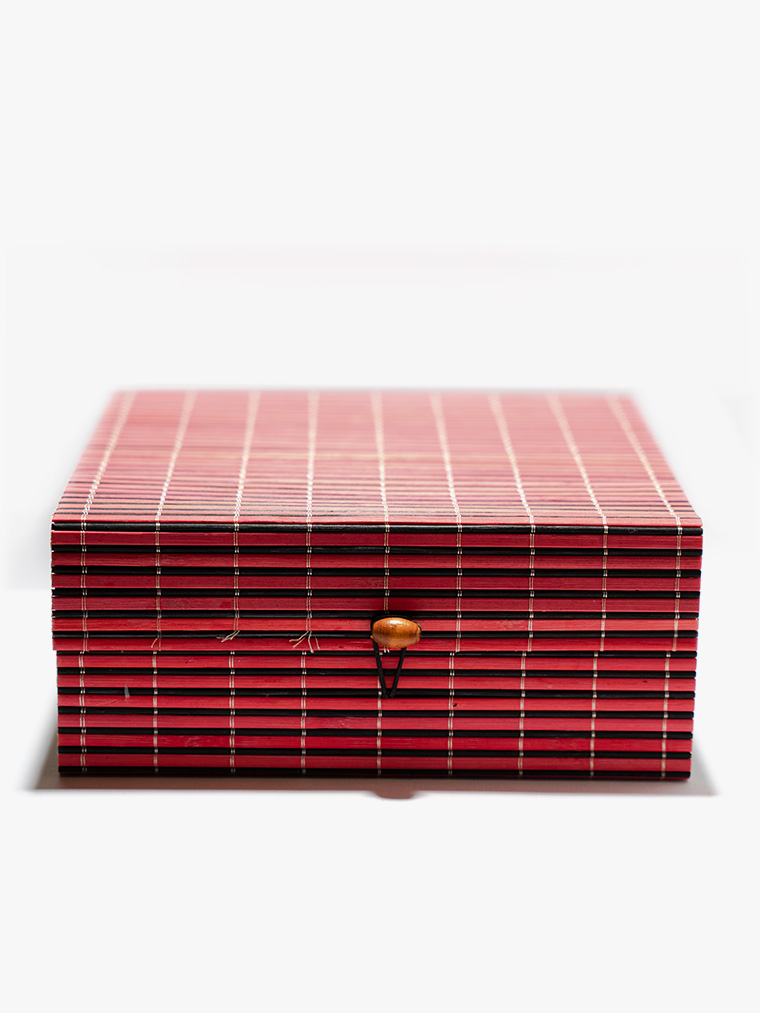
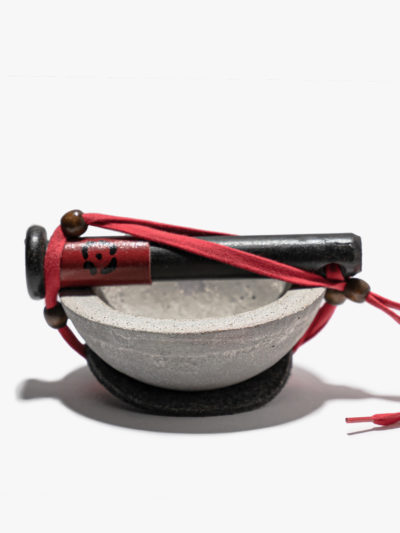
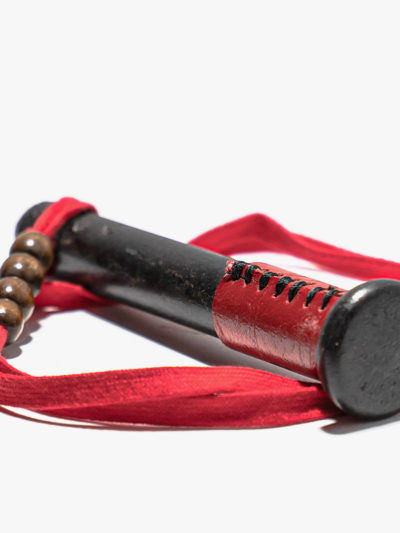
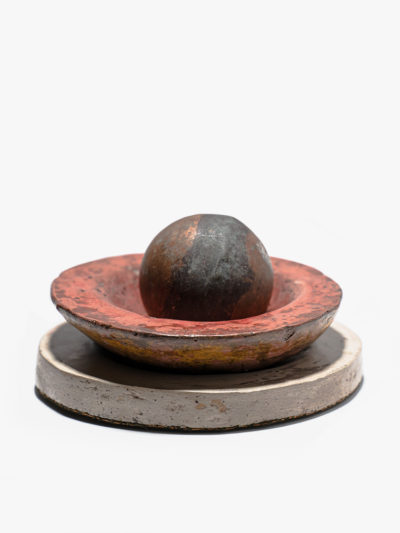
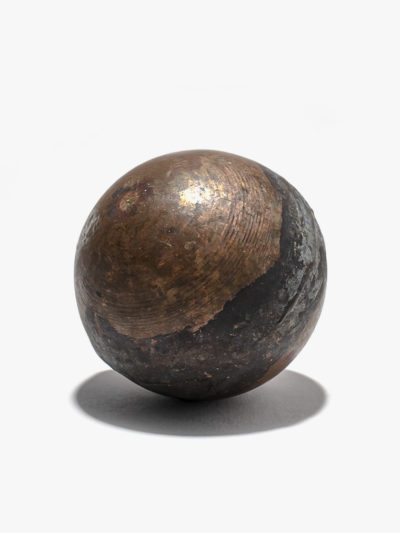
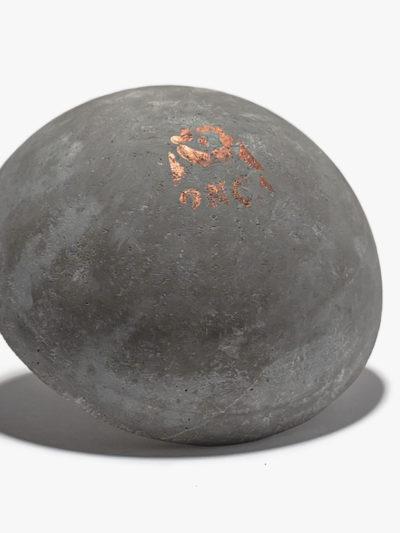
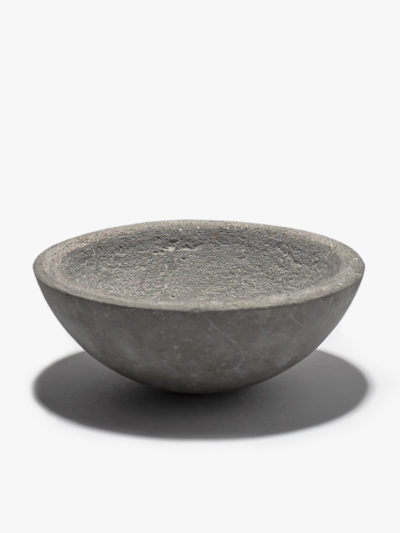
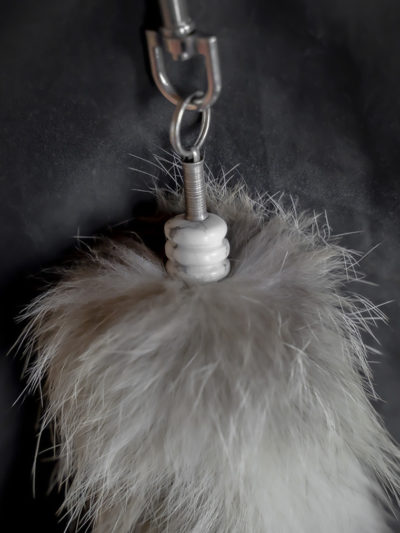
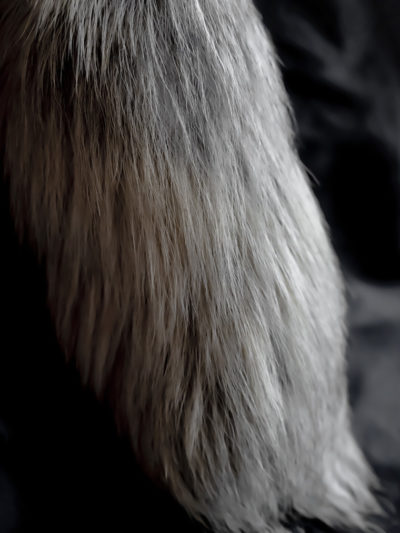
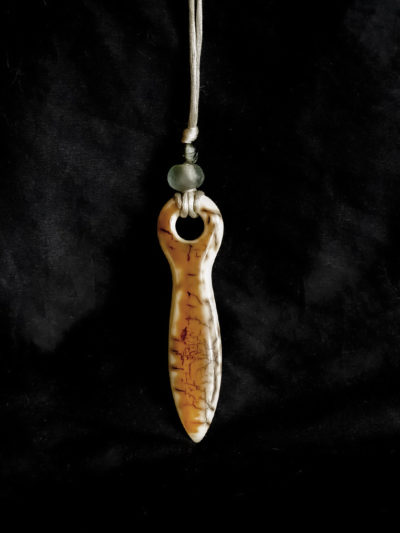
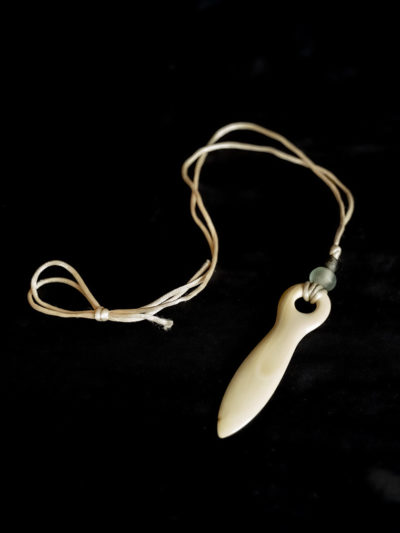
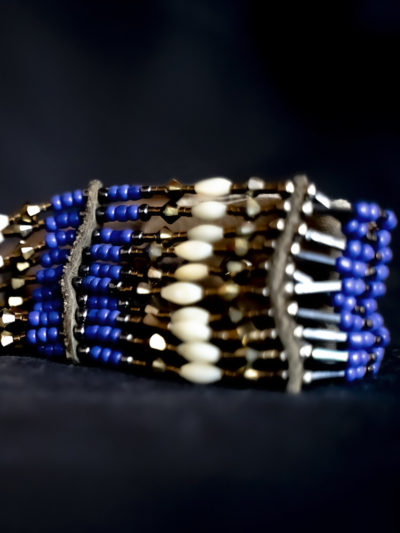
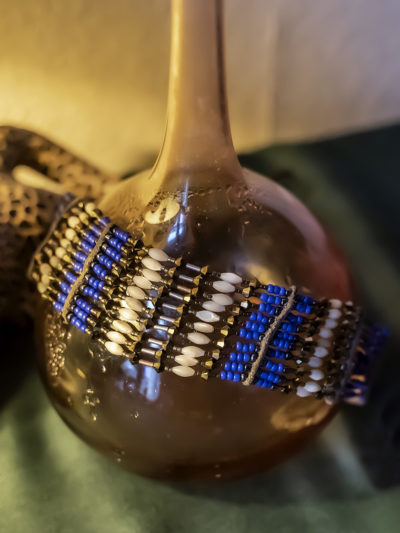
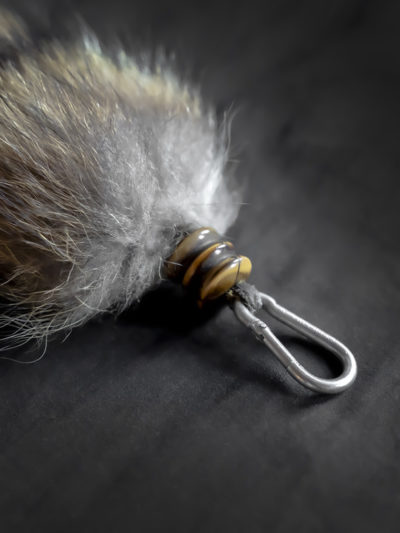
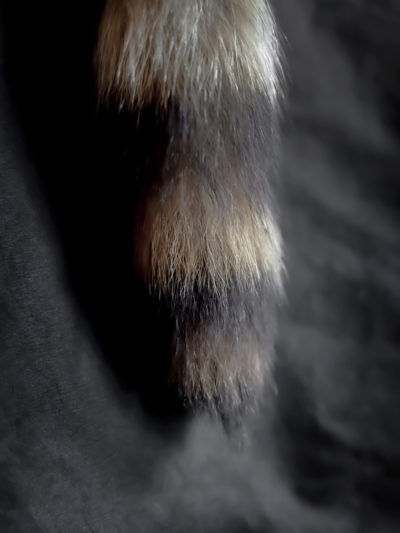

Reviews
There are no reviews yet.